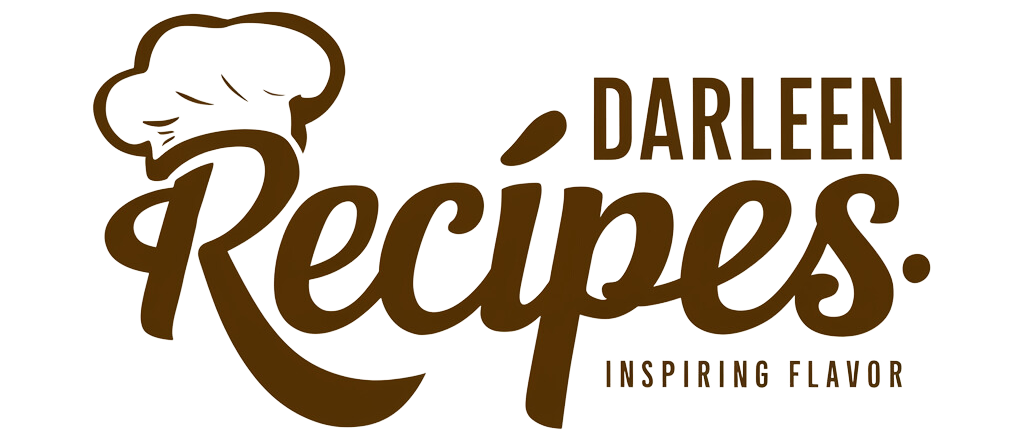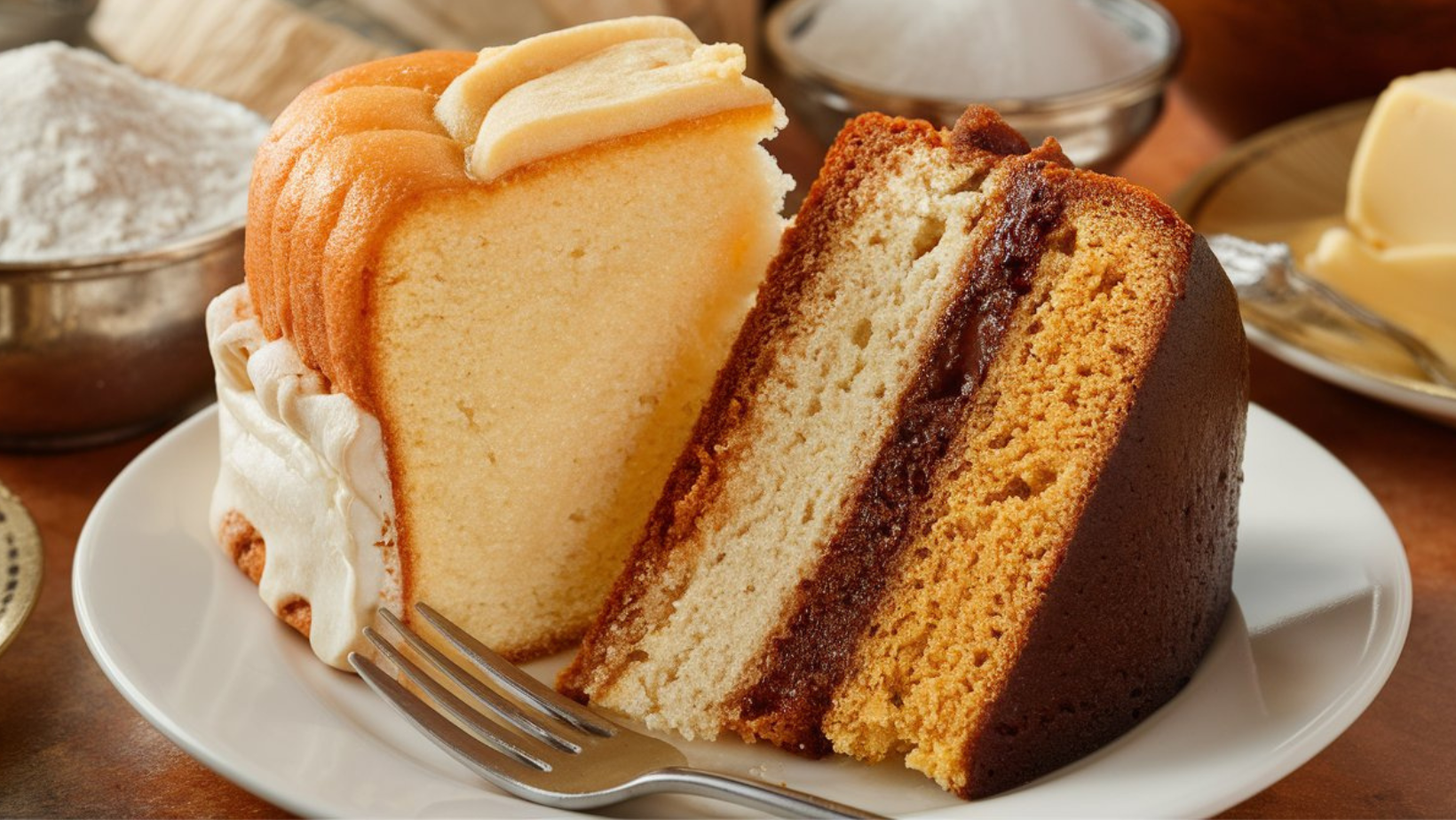In the enchanting world of baking, cakes stand out as celebratory staples. They sweeten our lives during significant events and cozy afternoons alike. Among the many types, vanilla cake and butter cake often emerge in discussions. This article explores the differences between vanilla cake and butter cake. We’ll look into their ingredients, baking methods, textures, and flavors. The article also provides practical tips and answers common questions to help guide your cake-making decisions.
Introduction to Cakes
Cakes are more than just a treat; they’re a key part of our traditions and daily joys. Whether celebrating a birthday, a wedding, or just gathering for coffee, cakes make any occasion special. But choosing the right type can be tricky, especially when deciding between popular choices like vanilla cake and butter cake. Both are delightful yet cater to different tastes and textures.
In this section, we’ll briefly explore the general popularity and evolution of cakes before diving into the specifics of vanilla and butter cakes. It’s crucial to understand what makes each type unique and how they differ. So, let’s embark on this sweet journey and uncover the secrets behind these two beloved cake types.
Stay tuned as we explore the typical ingredients used in vanilla cakes and discuss various recipe tweaks. By integrating LSI and NLP keywords such as “vanilla cake recipe” and “sweet desserts,” we aim to enrich your understanding and satisfy your curiosity about these delectable treats.
Understanding Vanilla Cake
Vanilla cake is celebrated for its delightful simplicity and versatility, serving as a favorite choice for many bakers and sweet enthusiasts. Its characteristically light and fluffy texture, coupled with the aromatic sweetness of vanilla, makes it a staple for numerous occasions.
What is Vanilla Cake?
At its core, vanilla cake is a quintessential sponge that is cherished for its delicate flavor and tender crumb. It is fundamentally made from essential baking ingredients such as flour, sugar, eggs, and a significant amount of vanilla extract or flavoring, which gives it its distinctive taste. The inclusion of vanilla not only adds flavor but also enhances the aroma, making it a perennial favorite.
Ingredients Typically Used
The basic framework for a vanilla cake includes all-purpose flour, granulated sugar, and eggs, with butter or oil to enrich the texture. Bakers often use baking powder as a leavening agent to aid in achieving the desired fluffiness. The type of fat used can vary—some recipes call for butter for richness, while others might use oil for a lighter crumb.
Variations in Recipes and Methods
Modifications in the recipe can lead to different textures and flavors. For example, adding sour cream or yogurt can moisten the batter, while using cake flour instead of all-purpose flour can make the cake lighter and airier. Each ingredient adjustment or substitution brings a slight change, allowing the baker to tailor the cake to specific tastes and preferences.
The method of mixing ingredients also plays a crucial role. The creaming method, where sugar and butter are beaten until fluffy before other ingredients are added, is popular for incorporating air and ensuring a lighter texture. Alternatively, the all-in-one method, where all ingredients are mixed together at once, is favored for its simplicity and reliability.
For those interested in exploring more about vanilla cake variations and advanced baking techniques, a visit to “Butter Cake Recipe: A Guide to Perfect Baking” on RecipesDarleen offers in-depth insights
Understanding Butter Cake
Butter cake stands out with its rich flavor and dense, moist texture, owed to its high butter content. This section delves into what defines a butter cake and what sets it apart from its vanilla counterpart.
What is Butter Cake?
Butter cake is a traditional favorite known for its dense yet soft texture and buttery richness. It’s a staple in baking due to its straightforward preparation and satisfying taste. The name highlights the primary flavor component — butter — which not only gives the cake its rich taste but also contributes to its tender crumb.
Key Ingredients and Their Roles
The ingredient list for butter cake closely mirrors that of vanilla cake but with a notable increase in butter. This enhances both flavor and texture. Other typical ingredients include sugar, eggs, flour, and sometimes a leavening agent like baking powder. Unlike vanilla cake, the flavor of butter cakes can be more pronounced due to the caramelization of sugar combined with the richness of butter during baking.
Differences in Baking Methods
The preparation of butter cake usually involves the creaming process where butter and sugar are beaten together until light and fluffy. This step is crucial as it incorporates air into the batter, aiding in a rise and lightness in texture. Eggs are added one at a time to emulsify the mixture, followed by alternating additions of dry and wet ingredients to maintain structure and moisture.
For those interested in exploring more about butter-based desserts, linking to “What is Another Name for a Butter Cake? Explore Variants” from RecipesDarleen would be appropriate. Understanding butter cake enriches the reader’s baking knowledge and sets a solid foundation for appreciating the subtle differences when compared directly with vanilla cake.
Comparative Analysis
Understanding the differences between vanilla cake and butter cake in terms of ingredients, baking methods, textures, and flavors helps clarify which cake might best suit your needs or occasion.
Differences in Ingredients
While both cakes include basics like flour, eggs, and sugar, the types and amounts of fats used vary, impacting the overall character of each cake. Vanilla cake often uses either butter or oil, lending a lighter texture, while butter cake relies heavily on butter for both its flavor and denser structure.
Differences in Baking Methods
The baking techniques for these cakes also differ. Vanilla cake might use an all-in-one method, combining all ingredients at once for simplicity and reliability. Butter cake, however, often requires the creaming method, where butter and sugar are whipped until fluffy, a key step for incorporating air and achieving a rich texture.
Differences in Texture and Flavor
Texture-wise, vanilla cake is typically lighter and airier, ideal for those who prefer a less dense cake. In contrast, butter cake offers a more moist and tender crumb, appreciated by those who enjoy a richer dessert. Flavor-wise, vanilla cakes highlight a distinct vanilla essence, while butter cakes feature a deeper, buttery undertone.
In exploring these nuanced differences, it becomes clear why one might choose one over the other based on the event or personal preference. For those aiming to perfect their cake-baking skills, a dive into “Types of Cakes Explained” provided by Imperial Sugar can offer further enlightenment.
By understanding these differences, you can better navigate your baking choices, ensuring you deliver not just a delicious cake, but the right cake for the right occasion.
Practical Tips
Choosing the right cake for any occasion involves more than just flavor preferences—it also includes practical considerations. Whether planning a lavish wedding or a simple afternoon tea, understanding when and why to choose a vanilla cake or a butter cake can make a big difference.
Choosing Between Vanilla and Butter Cake
The choice often depends on the event’s formality and the desired impact on guests. Vanilla cakes, with their light and fluffy texture, are perfect for large gatherings where a subtle, sweet dessert is preferred. Butter cakes, known for their rich and moist texture, are ideal for smaller, more intimate celebrations where their richness can be fully appreciated.
Tips for Baking Each Type of Cake
For vanilla cakes, ensure all ingredients are at room temperature to achieve a fluffy texture. Sift the flour and baking powder together to prevent clumping and ensure even rising. For butter cakes, focus on the creaming of butter and sugar; perfecting this step is crucial for the cake’s structure and moistness. Ensure the butter is softened to the right consistency—not too hard and not too soft.
Situations Where One Might Be Preferred Over the Other
Vanilla cakes are a favorite for children’s parties or summer picnics due to their lighter, versatile nature that pairs well with various toppings. Butter cakes excel at dinner parties or more formal birthdays, where their comforting texture is a hit.
Incorporating tips from “Using Cake Mixes Effectively” by Betty Crocker could further assist those looking to simplify their baking process. These tips not only help you choose the right cake but also enhance your baking skills, ensuring your next special occasion is both delicious and memorable.
FAQs About Difference between vanilla cake and butter cake
As we delve deeper into the nuances of vanilla cake and butter cake, several common questions arise. These FAQs will help clarify typical concerns and offer practical advice to enhance your baking skills.
What occasions are best for each type of cake?
Vanilla cake, with its light and versatile flavor, is ideal for spring and summer events like weddings or birthdays where a delicate dessert is preferred. Butter cake, known for its rich and dense texture, excels in colder months or at more formal events where a heartier dessert is desirable.
Can I substitute butter in a vanilla cake recipe?
Yes, substituting butter for oil in a vanilla cake recipe can enhance the flavor and texture, making it richer and denser. Adjustments in baking time and other ingredients may be necessary to maintain moisture and fluffiness.
What are the nutritional differences?
Butter cake generally contains more fat and calories due to its high butter content. Vanilla cake might be lighter in calories, especially if made with oil instead of butter. However, variations in recipes can significantly affect the nutritional content.
How do storage conditions affect the freshness of each cake?
Proper storage is key to maintaining freshness. Vanilla cakes can be kept at room temperature for several days if properly covered. Butter cakes, due to their high-fat content, may last a bit longer but also benefit from being covered to prevent drying out.
What frosting pairs best with each type of cake?
Lighter frostings like whipped cream or a simple glaze complement the delicate texture of vanilla cakes. Richer frostings such as buttercream or ganache pair well with the dense texture of butter cakes.
Can I use vanilla cake as a base for other flavors?
Absolutely. Vanilla cake serves as a fantastic base for adding ingredients like fruit zests, spices, or extracts, allowing for a variety of flavor enhancements.
These FAQs not only answer common queries but also equip you with the knowledge to choose the right cake for your needs and to adapt recipes to your tastes.
Conclusion
As we wrap up our exploration of the differences between vanilla cake and butter cake, it’s clear that each type has unique benefits and suits different tastes and occasions. Vanilla cake, with its light, airy texture, is perfect for casual celebrations. Butter cake, known for its rich, dense texture, is ideal for more formal gatherings. The choice ultimately depends on personal preference and the specific needs of your event.
Summary of Key Points
- Vanilla Cake: Known for its light texture and subtle vanilla flavor, it’s versatile and ideal for a variety of toppings and occasions.
- Butter Cake: Rich and moist with a pronounced buttery flavor, it’s perfect for those who appreciate a more indulgent dessert.
Final Thoughts and Recommendations
When deciding between the two, consider the event’s setting, the guests’ tastes, and what you enjoy baking the most. Both cakes have the potential to be the centerpiece of your celebration, providing joy and sweetness to any gathering.
This article aimed to not only inform but also inspire your next baking project. Remember, the best cake is the one that brings smiles to faces and warmth to hearts. Happy baking

